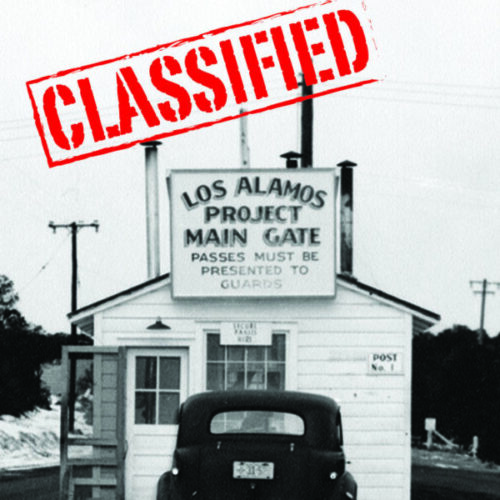To see other COVID posts, visit my Quarantine blog.

Herd Immunity, often called “community immunity,” occurs when a significantly large percentage of a population is exposed to a contagion and the contagion dies out for lack of viable hosts and pathways for transmission. A key premise to the herd immunity doctrine is that as the number of the population infected increases it provides protection for unprotected individuals. The larger the number of people with immunity in a population, the lower the likelihood that a susceptible person comes into contact with the contagion. It is more difficult for diseases to spread between individuals if large numbers are already immune, and thus the chain of infection is broken.
There are two ways to develop herd immunity, one through vaccination and the other through exposure. The world has mostly achieved herd immunity for diseases such as measles through vaccination. Since there is at present no vaccine for COVID, the only way to develop herd immunity is through exposure.
The U. S., along with most of the world, has opted not to deploy a herd immunity strategy during the COVID crisis. Instead, these countries have opted to implement an inverse-quarantine strategy, whereby the healthy population is isolated as a measure to prevent the virus spread. This illogical strategy is not really an effective method of quarantine but is the exact opposite of the herd immunity approach. The U. S. inverse-quarantine approach grew out of panic after fantastically incorrect federal and academic models initially showed projections of millions dying from COVID.
Many can remember chicken pox parties where children were intentionally exposed to the virus by neighborhood Mom’s exposing their healthy kids to someone with chicken pox. The thinking behind chicken pox parties was that getting the virus was inevitable and the younger a child a was when they got it, the less severe the long term effects would be. In addition, once a child got over the chicken pox, they would have immunity the rest of their life.
I can’t help but wonder if Mom’s are wiser than governments. After all, the inverse-quarantine strategy deployed by the U. S. while waiting for a vaccine that is at least a year away, prevents the virus from dying out on it’s own as it would in a herd immunity strategy. Since there is a 99% COVID recovery rate, developing herd immunity is the fastest and best way to protect those at risk; provided we enacted a true quarantine strategies of isolating the at-risk population until such a time that the virus dies down due to herd immunity.
It is generally assumed that herd immunity is achieved when 60% of a population has developed an immunity, whether through exposure or vaccination. According to Johns Hopkins University, if 80% of a population is immune to a virus, four out of every five people who encounter someone with the disease won’t get sick (and won’t spread the disease any further). In this way, the spread of an infectious disease is kept under control.
Sweden is one of the few countries that did not impose lockdown quarantines during the COVID crisis but rather chose to deploy a herd immunity strategy. Since COVID began, they kept their work, schools, restaurants, and bars open. They did take precautions though, such as limiting gatherings to less than fifty, shutting down their metro system, and suspending sporting events. Not only were Sweden’s hospitals not overrun with COVID patients, they now see the corner turning and expect to reach herd immunity by May. Many media stories report that Sweden’s COVID death count is higher than it’s neighbors who adopted inverse-quarantine strategies similar to the U.S. However, these reports deceptively fail to adjust for population. When you factor in the size of Sweden, their death rate is actually lower then their neighboring countries, and lower then the U. S.
Dr. Anders Tegnell who is in charge of Sweden’s COVID response admits there have been some issues with his country’s execution of a herd immunity strategy. Commenting on the COVID deaths in his country, which are well below other European countries, he said, “It is not a failure for the overall strategy, but it is a failure to protect our elderly who live in care homes.”
Summary: The herd immunity strategy has been proven to work in past epidemics and pandemics. It’s based on the principle what when a sufficiently large percentage of a population become immune to a virus, either through exposure or vaccine, the virus dies out since there is not transmission path to unprotected hosts. Herd immunity slows then stops the transmission of a virus and over time is an effective way to protect the at-risk population, usually the very old and very young.
Early on in the COVID crisis, governments around the world did not know what kind of virus they were dealing with so out of fear and an abundance of caution decided to isolate the healthy population until a vaccine could be developed. This inverse-quarantine strategy has not resulted in fewer deaths than countries who have taken a herd immunity approach. And while those countries who adopted a herd immunity strategy are returning to normal, countries who adopted an inverse-quarantine strategy have no pathway for returning to normalcy other than waiting for a vaccine that is at least a year away. With a COVID recovery rate of 99%, is not time to rethink the U. S. strategy so we can get on a pathway to return to normalcy?


Comments
Comments are closed.